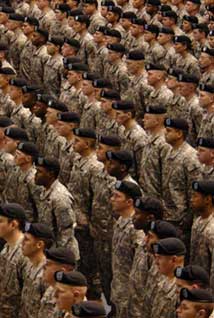I came across this quote from Keith Rabois:
If you think about people, there are two categories of high-quality people: there is the ammunition, and then there are the barrels. You can add all the ammunition you want, but if you have only five barrels in your company, you can literally do only five things simultaneously. If you add one more barrel, you can now do six things simultaneously. If you add another one, you can do seven, and so on. Finding those barrels that you can shoot through — someone who can take an idea from conception to live and it’s almost perfect — are incredibly difficult to find. This kind of person can pull people with them. They can charge up the hill. They can motivate their team
, and they can edit themselves autonomously. Whenever you find a barrel
, you should hire them instantly, regardless of whether you have money for them or whether you have a role for them. Just close them.
It’s a really interesting way of thinking about the people in your teams.
You know the people that can make things happen. They can take initiative, and then push through organisational and other problems to make things happen, without needing someone to approve or unblock them.
The amount of things you can get done in parallel is limited by how many barrels you have.
You generally know a barrel when you see one; but here are, I think, some common characteristics:
-
“Ask for forgiveness, not permission”. Barrels will not wait for approval or consensus. They take initiative, and follow through.
-
Barrels take accountability. They stand up and own the plan, and the result.
When you find a barrel, the most important thing you can do is point them in the right direction, and let them go.
